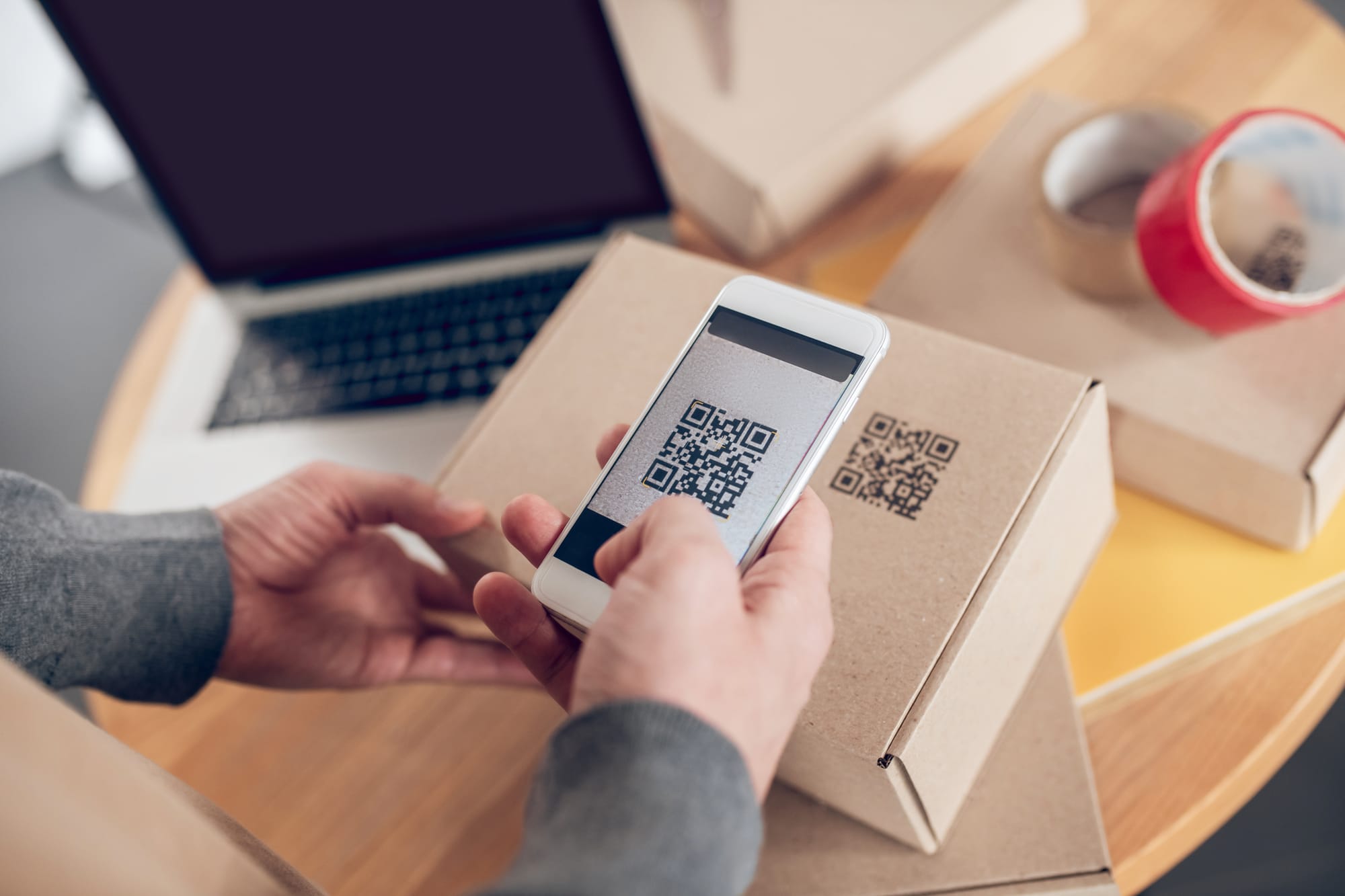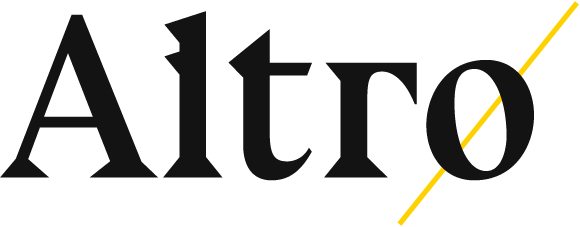The Impact of 3D Printing on Packaging Design

With the advancement in technology, several innovations are being introduced in the packaging industry. 3D printing is an innovation that is truly disrupting the packaging industry. It reduces packaging waste and optimizes the design to ensure high quality and a positive customer experience.
Businesses focus heavily on packaging because it impacts the customer's purchasing decision. According to statistics, around 30% of businesses have reported an increase in their profits after improving product packaging.
It's more important than ever to focus on enhancing product packaging so it wins the hearts of your customers. This guide will explore 3D printing in packaging designs and its impacts.
So keep reading.
What Is 3D Printing?
3D printing, also known as additive manufacturing.
It is a process in which three-dimensional objects are made intricately, layer by layer, using digital design files. It is different from traditional methods of packaging because the material is practically removed to create several shapes.
But how does 3D printing work in packaging production?
With 3D printing, various prototypes can be created. It ranges from generally small production runs to fully customized packaging solutions. However, getting the same results from traditional packaging would be nearly impossible.
The designs are fed into a 3D printer through computer-aided design (CAD) software. The printer prints the packaging layer by layer using materials like plastics, resins, or biodegradable substances. It reduces the carbon footprint and material waste.
Note: Only specific printers are used for 3D printing on package design. Only the latest models can run multiple design cycles, accelerating the printing and manufacturing process.

Traditional Printing VS 3D Printing In Packaging Design
Now that you know about the basics of 3D printing, you might wonder how it differentiates from traditional packaging.
Here's a quick overview of the differences between both to understand the power of 3D printing.
|
Aspect |
Traditional Printing |
3D Printing |
|
Production Process |
Subtractive manufacturing: material is cut or shaped to form packaging. |
Additive manufacturing: material is added layer by layer to create packaging. |
|
Customization |
Limited customization requires expensive molds and setups. |
Highly customizable, it allows for unique and personalized designs without additional costs. |
|
Speed |
Suitable for large-scale production, but prototyping can be slow. |
Faster prototyping: production of small batches is quicker, but large-scale production is slower. |
|
Cost Efficiency |
Economical for mass production but costly for small batches due to setup and production costs. |
Cost saving for small production runs, no need for expensive molds or tooling. |
|
Material Options |
Wide range of materials available for different types of packaging. |
Limited material options compared to traditional printing, though constantly evolving. |
|
Design Complexity |
Limited by traditional manufacturing techniques, complex shapes can be costly. |
Capable of producing intricate and complex shapes with ease. |
Impact Of 3D Printing On Packaging Design
Businesses face several challenges during product packaging production.
3D printing is an ideal solution for solving all those problems and designing better packaging. Here are some of the common ways through which 3D printing impacts the product packaging design.
Focuses on Environmentally-friendliness
Unlike traditional printing, which harms the environment on many levels, 3D printing is gentle on the planet. Moreover, there's minimal manufacturing waste during all the stages of production. Not only this, but it also goes one step ahead and allows brands to create packaging from recycled materials.
Thus, 3D printing is an excellent eco-friendly packaging solution. Here are some of the printers that work with a variety of sustainable materials.
- Filament-based 3D printers
- Powder-based 3D printers
- Resin-based 3D printers
The materials are mostly glass and plastic, transforming packaging waste into reusable substances. Consumers are more likely to purchase from brands that use sustainable packaging practices. According to a survey, over 50% of US consumers willingly pay more for sustainable packaging.
Supports Rapid Prototyping
3D printing is ideal for rapid prototyping. Do you want to make a small change in all the packaging designs or completely redesign the packaging to make it incredible and unique?
Then, 3D printing will help you turn your creative vision into reality.
Encouraging the design team to work on several prototype types saves time and provides stakeholders with the maximum number of varieties. You're improving functionality and increasing the efficiency, performance, and feasibility of 3D packaging models.
It's possible to do this with 3D printing, as you can see the design problem from different angles. But has any brand used this packaging technology?
A famous brand known as Loreal has used this technology in its operations. The brand uses 3D printing to design a wide variety of prototypes. The results are amazing so far, and the company states that around 25 of its 40 global production facilities are now using high-end 3D printers.
Here's what happens when you opt for this sustainable packaging solution.
Utilize 3D Printing → Work On Multiple Prototypes → Accelerates Production → Informed Decision-making.
Easily Design Complex Shapes
It won't be wrong to say that in 3D printing, the only limitation is your imagination. The advanced and flexible packaging techniques used in 3D printing support several designs, no matter how complicated.
You're not working with a fixed mold, so that you can customize the packaging prototype according to your brand guidelines.
It allows the creation of high-quality printing and focuses on branding elements such as brand colors, fonts, and other icons. With 3D printing technologies, businesses can expand their creativity without paying a hefty price.
Eye-catching Custom Packaging
Everyone knows the unforgettable 'Share a Coke' campaign by Coke. The moment it was launched in the market, it became the talk of town. However, only a few people know that the reason behind the launch of that campaign was the low number of sales.
Coke could not attract a younger audience, so they purchased from competitors.
That's why they decided to add some common first names to the labels of bottles. This tactic excited customers and the personalization trick worked in Coke's favor, increasing sales to an incredible level.
After noticing the response from customers, Coke relaunched the campaign, but this time with intense vigor.
3D printing is a great way to customize products for customers. This technological innovation can incorporate everything from personalization to a unique brand tone.
Leverage Time-sensitive Opportunities
Companies often offer limited-time sales, a great way to get customers excited and curious about the product. But suppose you've got a large order coming up because of the seasonal holidays, and you know the exact number of items that need to be packed.
In that case, it's ideal to use 3D printing.
Because 3D printing is an incredible way to leverage time-sensitive sales opportunities.
You can manage the product more efficiently and gain customers' attention. The brand only produces according to consumer demands and needs, thus generating minimal waste. Furthermore, it contributes to the quick delivery of packages at home.
Future Trends In 3D Printing & Packaging Design
3D printing is evolving rapidly, and we might see many improvements over time. Here are some of the future trends we can expect from 3D printing.
Advancements in Technology
With the improvement in 3D printing, we can expect many positive changes and opportunities that will lead to business success. It can lead to faster speeds, the usage of a wide range of materials, and large-scale production capabilities.
So, 3D printing will not be limited to just effective prototyping but also to full-scale packaging production.
Mass Customization
Consumers don't like copy-paste approaches; instead, they want personalized approaches. With 3D printing, businesses can focus on personalizing packaging and fulfill customers' growing demands.
It allows brands to create unique packaging solutions at a large scale according to consumer preferences. Through 3D-printed packaging, your business can stand out even in a competitive market.
Integration With Other Innovations
It's important to incorporate advanced elements in your product packaging. 3D printing has the potential to make integration easy and smooth.
Let's understand with an example.
A 3D printing packaging could be embedded with sensors or interactive elements, which enhances the overall consumer experience.

To Sum Up
3D printing revolutionizes packaging designs and impacts efficiency, customization, and sustainability. Some challenges, such as scalability, material limitations, etc., exist, but with technological innovations, they're expected to be resolved soon.
With 3D printing in packaging, brands safeguard their products and tell a unique story. It attracts customers' attention and impacts sales.
So, do you want to stay ahead of the curve and explore opportunities to enhance your packaging? Say goodbye to all conventional methods and prioritize design flexibility.
Then you're at the right place. Altro Labels has a team of experts who know how to set your product apart from the competitors. Reach out to us right now for your business success.
Frequently Asked Questions
How Does 3D Printing Benefit Packaging Design?
There are many benefits of 3D printing, such as the ability to create highly customizable and personalized packaging. It utilizes eco-friendly materials, which also contribute to sustainability. Consumer behavior is changing, and they are focusing more on the environmental impact of the entire packaging.
How Long Does It Take To 3D Print Packaging?
The time required for 3D printing packaging depends on the 3D printing models complexity and the object's size. Prototyping small items may take a few hours, but larger or more intricate designs may take several days.
